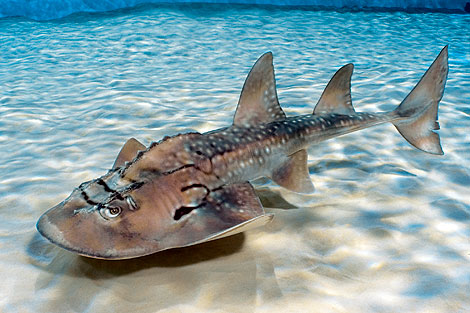
Finding my self in Cincinnati for a conference, I couldn’t help myself from heading across the river into Kentucky to the Newport Aquarium. This aquarium is truly a gem of the midland. The entrance proclaims “water is the blanket of the earth” and indeed the aquarium highlights the biodiversity of this cover.
With so many great exhibits at the aquarium, I find difficulty in knowing what to discuss. To limit myself, I will only mention a few unique things about the Newport Aquarium that make it worthy of a visit…freshwater biodiversity, shark rays, and giant isopods.
The Newport Aquarium spends a great deal of time playing to their strengths highlighting the biodiversity of freshwater, an exhibit often absent or sadly limited in many other aquariums. The fish diversity of Congo, Tanganyyika, Rio Negro, Mekong, and the Ganges is there proudly displayed. Also exhibited are fishes all sizes and forms of the Licking River and the Mississippi. The Licking River is an ~320km tributary of the Ohio and a native muskie, a large uncommon freshwater fish of North America, habitat. As a side note, the river supports about 50 species of mussel, 11 endangered. My birding friends also inform the Licking also host an unusually high number of migrating fowl as well.
As you move from out of the freshwater exhibits you transition into salt marshes, tidal rivers, river deltas, mangroves, and grass beds. This represents another strength of the aquarium, the emphasis on systems and communities with linkages between. Highlights of the exhibits included a 4-eyes (with eyes on the top of the head that are divided in two different parts allowing the fish to see above and below the water), archer fish (which can spit streams of water to knock insects of off branches above the water’s surface), mud skippers (an amphibious fish which can walk on their fins and breath out of water, the latter through the ability to breath through the skin and retain air bubble in their gill chambers), and the New Guinea snake head turtle (a turtle blessed with a extraordinarily long neck)
I was also lucky enough to catch a feeding of the shark rays. Technically a member of the rays, Rajiformes, their 2.5m form is an elegant hybrid encompassing shark characteristics. They feed along the bottom, preying on crustaceans and mollusks. Given their vulnerable status by the IUCN, the Newport Aquarium’s shark ray breeding program, started in 2007, highlights its conservation message.
Of course the best part was the Giant Isopods! An exhibit contained five of the magnificent beasts. Although there was little movement among the bunch, I know a voracious scavenger lurks there waiting for the next food fall. Too bad the aquarium didn’t have isopod feedings. If you love Giant Isopods as much as I do, and I know you do, then a trip to Newport Aquarium is a must.
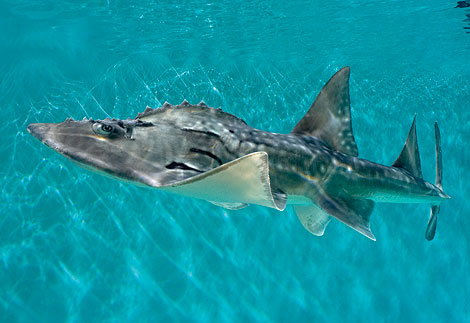



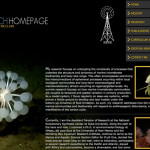
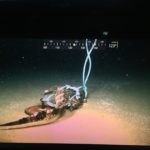
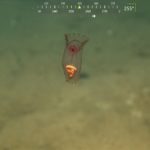
I love those guys. They’re so weird.
Gotta love abyssal gigantism!
http://www.flickr.com/photos/djstoker/102984876/
They need a live webcam on the giant isopods, like Monterey Bay has on some of their exhibits.
yes…yes…they do
‘If you love Giant Isopods as much as I do, and I know you do…’
Ha, ha. Yes, I think I do. Just showed a photo to my wife and she doesn’t love them at all. Might have to get a new wife.